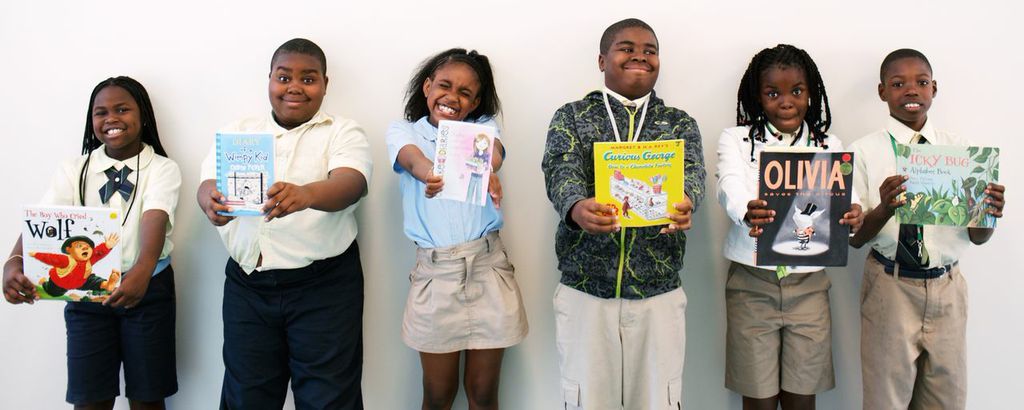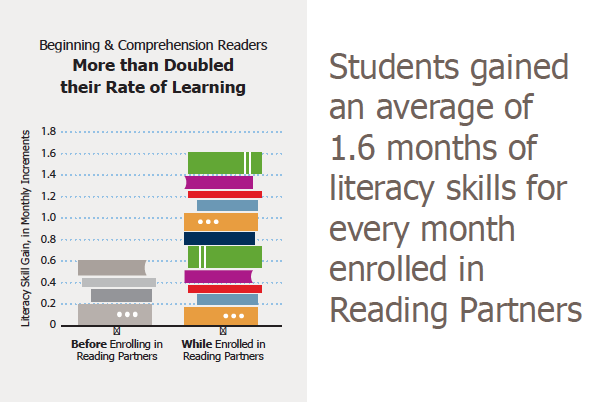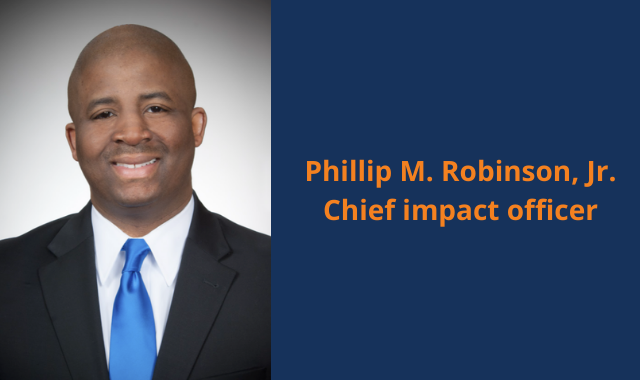August 19, 2014
Narrowing the education achievement gap - become part of the solution.
What is the achievement gap?
We often hear the term achievement gap in articles about school reform. But what does that really mean? The achievement gap is a catch all phrase that is most commonly used to describe the performance gap of students of color or living in high poverty areas compared to their white or more affluent peers. The phrase is often associated with a host of other education, civil rights, and public health issues linked with the disparities in equity of education.
To put this into perspective, the report Early Warning Confirmed published by the Annie E. Casey Foundation found that 74% of fourth grade students scoring below the 25th percentile on the National Assessment of Educational Progress were from low income families.
While studies show that family involvement and quality education can help remedy the problem, the means by which we reach students with “quality education” continues to be a challenge. Some studies and recent articles suggest that the achievement gap is actually a literacy gap, with reading achievement being the underlying cause of many of our educational disparities. It has been suggested that by focusing on narrowing literacy gaps, we can, in turn, begin to narrow the achievement gap.
There is really no simple or singular solution to narrowing the achievement gap. However – we do know that focusing on cost effective literacy interventions can begin to move the needle toward more balanced educational outcomes.
Reading Partners Offers a Solution

Reading Partners has proven that with the proper support and a structured curriculum, volunteers can serve as effective tutors to students struggling to read. Reading Partners has also shown that it is one cost effective solution to moving students struggling to read, closer to the performance of their peers – narrowing the reading achievement gap.
A recent study by MDRC showed significant gains made by students who participated in Reading Partners’ program. Students who received one-on-one tutoring by community volunteers twice a week for 45 minutes each session, gained additional literacy growth over a control group of students who also received supplemental reading services.
CNCS wrote: Reading Partners perfectly exemplifies the Social Innovation Fund’s goal of finding what works and making it work for more people. Their positive early evaluation results clearly demonstrate why our nation’s children benefit from organizations like Reading Partners that are committed to innovation, impact, and results.
Of course, we also conduct our own student evaluations each year.
Here are some of Reading Partners results from  the 2013-14 school year:
the 2013-14 school year:
-
89% of students increased their monthly rates of literacy learning.
-
97% of principals who responded reported school-wide improved reading progress after joining Reading Partners.
Community Impact
-
11,000 volunteer reading partners provided nearly 241 thousand hours of individualized tutoring.
-
141 schools partnered with Reading Partners in 11 regions and 8 states.
Take a closer look at regional results in cities near you:
| Los Angeles, CA | Dallas, TX | Baltimore, MD |
| SF Bay Area, CA | Colorado | Washington, DC |
| Silicon Valley, CA | New York, NY | Charleston, SC |
| Sacramento, CA | Tulsa, OK |











